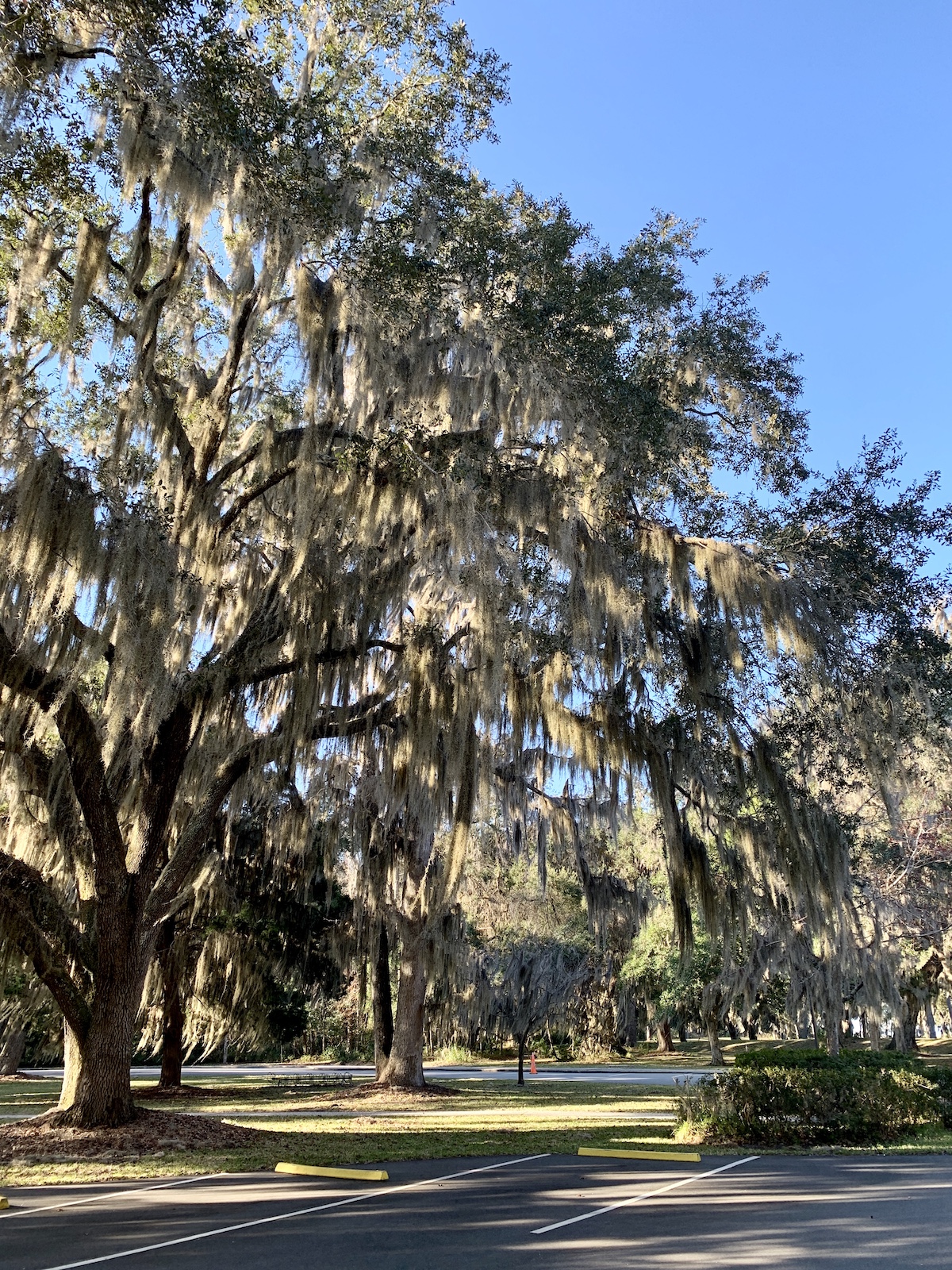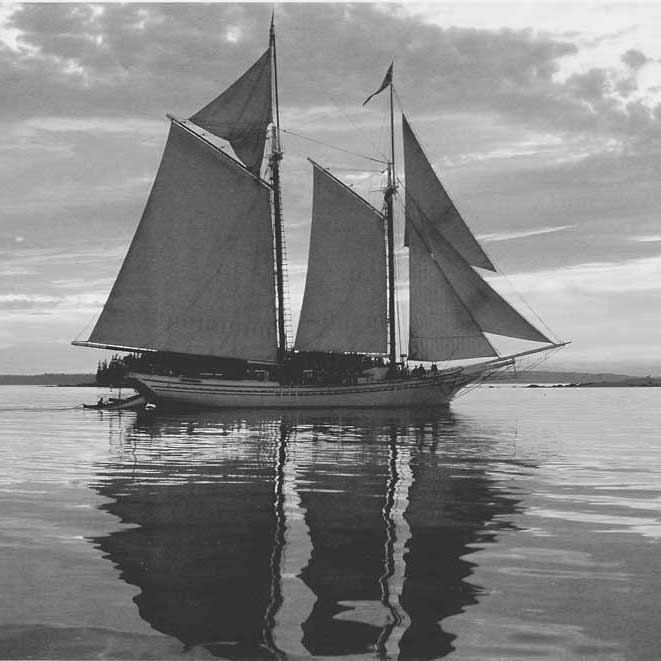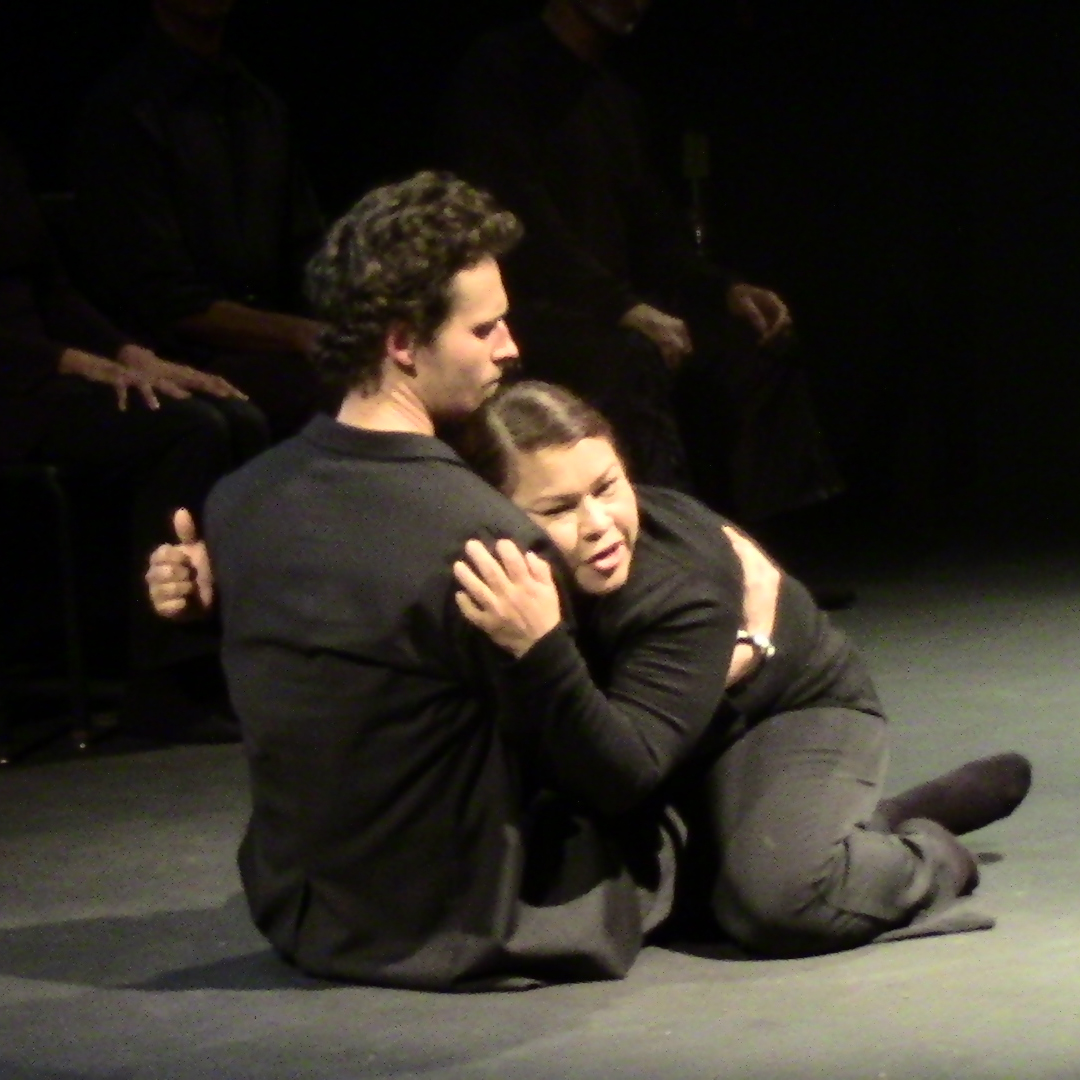St. Simons Island, Georgia offers families a charming beachside getaway in a nostalgic Southern town with an abundance of historical landmarks, culinary destinations and ecotourist options
Driving over the bridge into St. Simons island is like driving through a time warp to a simpler era — a time when children still climb giant Oak trees in the park and grandpa teaches his grandson how to catch sea crabs and fish at the community pier. A time when the heart of the city is a darling main street dotted with old-fashioned ice cream parlors, homemade fudge shops and homestyle restaurants with charming names like Barbara Jean’s. A time when the town diner, Frosty’s Griddle and Shake, is the busy gathering spot for uniform-wearing little league players looking to get a chocolate milkshake after a Saturday morning baseball game. This nostalgic town, with its wholesome American values, might as well be the set of a Hallmark classic movie. You can almost imagine the meet-cute moment when the town’s carpenter meets the town’s bookshop owner budding an epic romance which includes watching sunrises over the coastline and cuddling on a picnic blanket eating ripe Georgia peaches.
The neighborhoods of St. Simons Island, which were once a series of more than 40 plantations, are now lined with cute cottages and endless groves of Oak trees, covered thick in hanging Spanish moss, which cast mesmerizing shadows and patches of light on every street. The town has a sleepy southern charm and sauntering southern pace far-removed from the hustle and bustle of other seaside tourist towns. Like Georgia’s version of Cape Cod, St. Simons Island is thus a destination for leisurely escape, simple pleasures and family connection.
St. Simons Island’s Place in History
The island is also a place rich with American history, ranging from the colonial era, to the Revolutionary War, plantation times, post-abolition, WWII and, more recently, the 30th G8 summit, which took place on the island in 2004. The town is dotted with abundant historical landmarks, offering families ample educational opportunities to help kids continue to learn in between solid doses of Spring Break escapism.
For example, visitors will learn that St. Simons Island was an important landmark in the colonial era when the British settled at Fort Fredrica and defeated Spanish invaders coming up from their stronghold at the Castillo de San Marcos in St. Augustine, Florida. At the Fort Fredrica National Monument, visitors will learn about the colonial battles between the British and the Spanish. A battle fought in St. Simons may very well be the reason we speak English in the United States, not Spanish. As the story goes, the Spanish invaders from Florida had far superior forces in number than the British troops in Georgia, but due to a clever deception crafted by the colony of Georgia’s founder James Oglethorpe, which involved a fake letter detailing British reinforcements which were non-existent, the Spanish receded without much of a fight. This historic battle, known as the Battle of Bloody Marsh, was reportedly not so “bloody” after all. It secured the British as the keepers of Georgia, an important stronghold. At the Fort Fredrica National Mounument, children can play dress up in revolutionary war costumes, write letters using a feather ink pen to describe the Fort Fredrica settlement and watch a mini documentary on St. Simons’s place in colonial history.
Across town, families can learn about the Gullah Geechee communities of St. Simons Island. The Gullah Geechee are the descendants of Africans who were enslaved on the rice, indigo and Sea Island cotton plantations of the lower Atlantic coast. Many came from the rice-growing region of West Africa. Visitors can visit The Historical Harrington School Cultural Center, which was formerly a school built in the 1920s to serve as the main educational structure for the descendants of slaves on St. Simons Island. It hosted grades 1-7 until desegregation in the 1960s. One of the historical property’s hosts, Emory Rooks, is the great-great-grandson of a St. Simons Island plantation slave. He will show you his look-alike great-great-grandfather’s picture in a historical book at the Harrington School.
Just down the road, visitors with find Christ Church and its picturesque cemetery set in tall, mossy grass under towering oak trees. The church was founded on St. Simons Island in 1736 by English colonists. Following a petition for a charter by descendants of early settlers, Christ Church was established by an act of the state legislature in 1808. It is the second oldest Episcopal Church in the diocese of Georgia.
Close by, one former plantation, the Retreat Plantation, is now a notable destination for a peaceful stroll down the Avenue of the Oaks — a seemingly endless avenue of 160-year-old oak trees, which tower over greens and provide a shady entrance to what is now the Sea Island Golf Club. Here, visitors will learn the stories of plantation owner Anna Page King, a fascinating woman with a memorable personality who challenged certain Southern norms during her time.
A short drive from there is The World War II Home Front Museum, which illuminates coastal Georgia’s contributions to WWII. Through immersive exhibits and interactive experiences, visitors will learn about blimps on anti-submarine patrol, radar training to direct fighter pilots, building Liberty ships to supply troops overseas, and more.
Stories from throughout American history come alive on St. Simons Island, especially when delivered by the charismatic raconteur Cap Fendig. Cap runs Lighthouse Trolley Tours and will take guests to all of the aforementioned destinations and more. Cap’s family has lived on St. Simons island since the 1800’s.
“I’m an endangered species,” Cap jokes. “I’m a native.”
Cap is a lively oral historian with an endless bank of stories to share about the island. In addition to historical tours, he also offers eco boat tours, sea excursions and ghost tours.[lighthousetrolleys.com].
The King and Prince
If one is to explore the history of St. Simons Island, then one should probably also stay at the city’s most historic and luxurious hotel — the King and Prince Resort. Legend has it that the King and Prince was started by two hometown rabble-rousers who were kicked out of the local bar for being drunkards. The two — one a towering tall man, the other a stubby short man — were nicknamed the King and Prince. Snubbed by the local bar room, they opened their own pub & dance club down the road, which later expanded to include a hotel, gambling den and swimming pool. During prohibition, the ballroom reportedly did not abide by laws and was a favorite drinking spot of St. Simon’s, mostly male, socialites. The hotel transformed over time, becoming more luxurious — a place with fashionable parlors, a classy bar, ballroom, ladies’ lounge, card room, outdoor palm garden, elaborate beachfront boardwalk and elegant Mediterranean architecture.
In 1942, during WWII, German U-Boats were spotted off the coast. The hotel became a radar station to protect the coastline from submarine invaders and was reappropriated to become a base for naval officers. St. Simons island is the most Western location on the eastern coastline (at roughly the same longitude as Akron, Ohio) and could have been a strategic place to divide the country from the center. The hotel’s signature and recently renovated restaurant ECHO gives nod to this WWII history.
The King and Prince Beach & Golf Resort became a member of the Historic Hotels of America in 1996, and then was named to the National Register of Historic Places in 2005. Now the seaside hotel boasts multiple pools, luxurious rooms, and a stunning view of the Atlantic Ocean. Opening the patio doors allows guests to hear the laps of waves on the sand just outside their bedrooms. A variety of different room types — ranging from small homes, to condos with kitchens and more classic hotel suites offers options for every type of visitor.
Culinary Decadence
The resort also hosts the island’s most anticipated annual culinary event in January, the Taste of Glynn, at which the island’s restaurants are showcased. The small island of St. Simons boasts 67 restaurants, many of which source local products from Georgia’s surrounding agricultural lands and Georgia fisheries. Georgia’s farmlands are responsible for growing most of the nation’s peaches, peanuts and recently, citrus.
Perhaps due to this access to fresh ingredients, St. Simons Island has been recognized as a growing culinary destination. For lunch, try the local’s favorite, Gnat’s landing, for fresh seafood in a rustic, casual, sea-themed setting. For dinner, the Georgia Sea Grill is an excellent choice for a fine-dining affair with stunning, artistic plating.
Another fun culinary adventure to try is doing an olive oil tasting at Golden Isles Olive Oil. Owner Donna MacPherson is an olive oil connoisseur and will teach guests about the nuanced differences and health benefits of international olive oils. Enjoy a fresh, healthy lunch from the cafe, which also offers cooking classes for a fun date night or friends day out.
Getting to & Navigating St. Simons Island
Whether its food, beach, history, hospitality, luxury or merely quality family time you seek this Spring Break, St. Simons Island is a destination worth exploring. Floridians will find its proximity easy, too. Visitors from South Florida can either make the approximately eight-hour drive, or take a short flight to Jacksonville and rent a car. From Jacksonville Airport, the drive is only about an hour and 15 minutes.
When you arrive in St. Simons Island, stop by the Golden Isles Visitor Center to get great suggestions from a local, pick up walking maps and glossy brochures on anything that could possibly interest you, including the island’s many surrounding nature preserves.
Bikes are also a great way to traverse this cute little island and can be rented downtown at Ocean Motion [1300 Ocean Blvd.]. The island has more than 21 miles of navigable bike paths.
St Simons Island Feature POM_WEB_MARCH2020






